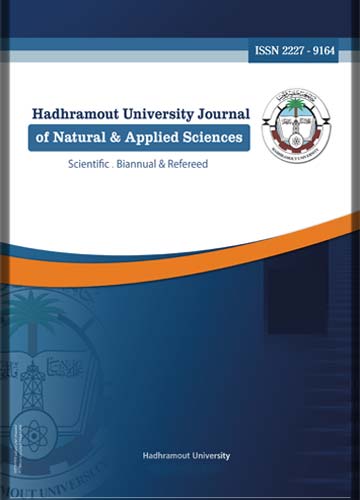Benign Paroxysmal Positional Vertigo
Effectiveness of Canal Repositioning Procedure
Keywords:
BPPV, effectiveness, canal repositioning procedure, osteoporosis, menopauseAbstract
The objectives of this study were to describe the frequency of benign paroxysmal positional vertigo (BPPV), to assess the effectiveness of canal repositioning procedure & its recurrence and to find out the relationship of with osteoporosis and menopause. This was a retrospective study of all patients with BPPV seen in ENT private clinic in Aden over six-years period. The total patients were 400 patients. They were 87 (21.7%) males and 313 (78.3%) females with ratio male to female 1:3.6. The mean age of patients was (53.79±7.25) years. Most common effected ear was the right ear with (70.7%). The effected right ear in male and female patients was predominant. In male patients was (12.7%) and in female patients (58.0%) of the total patients (p = 0.005). Males without osteoporosis were predominant (18.7%) while females with osteoporosis more more common (41.8%). The difference between values is statistically highly significant (p=0.000). Out of the 313 women, 177(56.5%) women were menopauses. Most of menopausal women have osteoporosis 166(53.0%); while only 11(3.5%) have no osteoporosis (p=0.000). Thirty percent of patients have recurrence after canalith repositioning maneuver. We concluded that repositioning procedure is very safe, and canalith repositioning procedure obtained timely resolution of the vertigo. BPPV is common in females mostly in the menopausal age and with osteoporosis.




